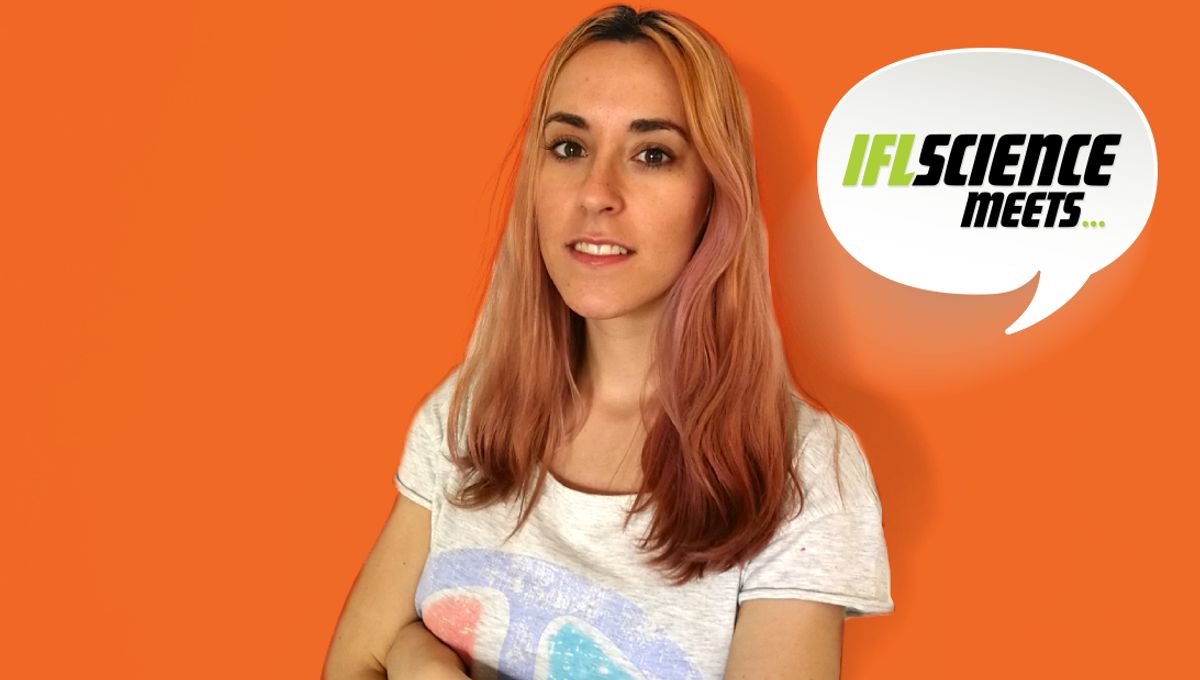
Sara Miguel Pico is a lead artist at Tessera Studios, as well as one of its founders. She recently worked across Star Trek Prodigy: Supernova, a sci-fi video game that’s the first based on the series of the same name from Paramount+ and Nickelodeon.
We caught up with her to find out more about what the life of an artist working in video games is really like, what challenges you face when reimagining a science fiction universe, and what it takes to make it into the industry.
What do you do?
I am lead artist as Tessera studios. A UI [user interface] artist, creating environments for games.
What were some of the challenges you faced when working on Star Trek Prodigy: Supernova?
We had the aesthetics of the series as a reference that were very clear, and that we wanted to respect. However, since it is set in another galaxy, we had to create new planets, environments and civilisations with all the challenges that this implies.
Another challenge we faced was the design of the interface. As a reference point, we took the old sketches of LCARS [a computer operating system from the Star Trek fictional universe] and their new aesthetic in the series. We analyzed the layout, shapes, elements and the colour palette to best apply them to our game.
This was my first experience leading an art team, which personally was a big challenge for me.
What’s one of the greatest achievements from the game’s development?
First of all, to be able to develop a game about the Star Trek universe, with original locations, creating a new species and culture, and to have the original voices of the show has been a great honour.
Secondly, developing a truly cooperative game, playable in so many languages and supported across many gaming platforms, was a great challenge that we overcame, and is a great achievement for us as well.
How long does a project like this take and what are some of the key obstacles you face in getting to the finish line?
We have been in full production of this game for more than a year and a half. However, including pre-production, discussions with Outright Games, Nickelodeon and the Star Trek teams, it’s been more like 2 years.
One of the most important things is to be realistic with the time available to develop the game. For us, having to shift priorities on which ideas to take forward in order to launch the game on time is quite a tough process, but unavoidable. Artists and designers always want to do more and see more of their work in the game but, like any creative process, there will always be elements that do not find their way into the final product. It’s a collaborative process working with our producers, whose responsibility is to keep us realistic and ensure we launch the best possible product.
How did you get into creating video games?
I’ve always been interested in art and games, so when I had the opportunity, I began to train in it. I studied Arts and did a master’s degree in video game art. After a few years of hard work, I was able to launch the game Intruders: Hide and Seek with my co-workers. We made a name for ourselves in the industry until we had the opportunity to develop Star Trek Prodigy: Supernova.
What do you enjoy most about it?
I love working in a team! We all share a love of video games and everything that goes along with them, spending so many hours with people you have so much in common with is great fun.
It’s also very satisfying to be able to share all your work with the players. Seeing how they engage with the game, and bring the characters you’ve been working on to life, is very exciting.
What advice would you give to someone wanting to get into the gaming industry?
It is very important to train and practice, but also to learn good work habits. So, my advice would be to read a lot to ensure you are up to date. It is an industry that is constantly changing, and you will learn something new every day.
Source Link: IFLScience Meets: Video Game Artist And Tessera Studios Cofounder Sara Miguel Pico